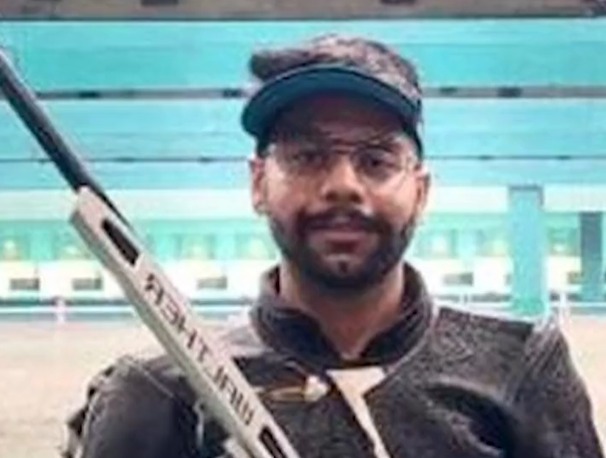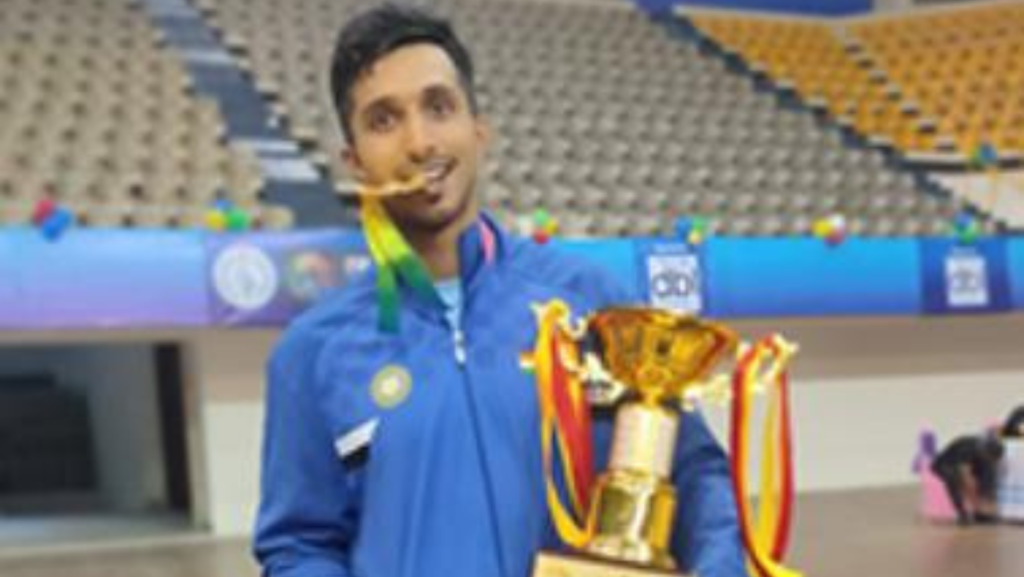
A reading of two recent orders of National Anti-Doping Appeal Panels (ADAP) would suggest that athletes and their legal counsel have not taken serious cognisance of an earlier order which directed advocates to be careful and serve the interest of sport by assisting panels with true and correct picture of the facts while arguing matters on behalf of the athletes.
The Abhinav Mukherji-chaired ADAPs have done well to not let their focus waver. It does not matter how many times an athlete has tested negative. The athlete is answerable for testing positive for a banned substance, the first time. It also does not matter if a doctor has prescribed a certain medication; the athlete alone is held responsible for what goes into his/her body.
Let’s take up the order of a 22-year-old rifle shooter, Pankaj Mukheja who tested positive for a beta blocker, Propranolol. Just for the record, he was part of the Indian junior team which won the 50m 3 positions bronze medal at the world championships in Cairo in 2022. He shot in the World Championships, even in 2021.
The order indicates that some doctors are said to have prescribed medication to treat panic attacks with palpitations, chest pain, heavy sweating and shortness of breath followed by increased heart rate. And Sports Authority of India’s Dr Sandhya Pandey is said to have not advised him to stop taking the medicine.
Perhaps, on its part, if NADA tested him earlier, any sample would have tested positive for Propranolol, if indeed he was on such prescription medication from before. There is good reason to believe that the shooter was not tested in 2021 or 2022 or in the first quarter of 2023, though he has competed overseas in Lima, Suhl, Baku and Cairo.
In April 2023, the National Anti-Doping Agency (NADA) launched the Know Your Medicine App for the benefit of athletes. It would take a bare minimum effort to check if the composition of a prescribed medication includes a banned substance. A simple Google search would also indicate that Etivis Beta has Propranolol, which finds a place on WADA’s Prohibited List.

Let us now take up basketball player Shashank J Rai’s case. Back in February 2022, he tested positive for a metabolite of Nandrolone, 19-Norandrosterone. His defence was that the most likely source of the banned substance has to be the pork that he consumes regularly as part of his diet in Mangalore.
Surprisingly, despite studies showing the 19-Norandrosterone comes from consumption of meat of boar or uncastrated pigs, two doctors, including the Head of Department of Physiology in a Medical Science and Research Centre, signed affidavits stating their opinion that the likely source of 19-Norandrosterone, was the pork that the athlete consumed regularly in his home.
The player and his counsel argued that the source could have been established had NADA conducted a pharmacokinetics test. It was another attempt to take the ADAP on a tangent.
The WADA Technical Document, TD2021NA, that the athlete’s counsel referred to recommends that, in the event of an atypical finding, the Result Management Agency conduct a follow-up no-notice test on the athlete as soon as possible and evaluate the pharmacokinetics of 19-NA excretion.
The use of pharmacokinetics has not been suggested in the case of an Adverse Analytical Finding, Despite Shashank Rai’s sample showing up as an Adverse Analytical Finding, the athlete and his counsel alleged that NADA had failed to conduct a pharmacokinetics test of the athlete. It is surprising that NADA and the Appeal Panel offered the athlete the chance to get the test done.
Besides, like many earlier orders, these indicate that nearly every athlete cites lack of education and negative tests of previous samples in their defence. Clearly, despite being aware that it has no bearing on the outcome of the hearing, athletes and their counsels hope that it would influence the National Anti-Doping Disciplinary Panels.
